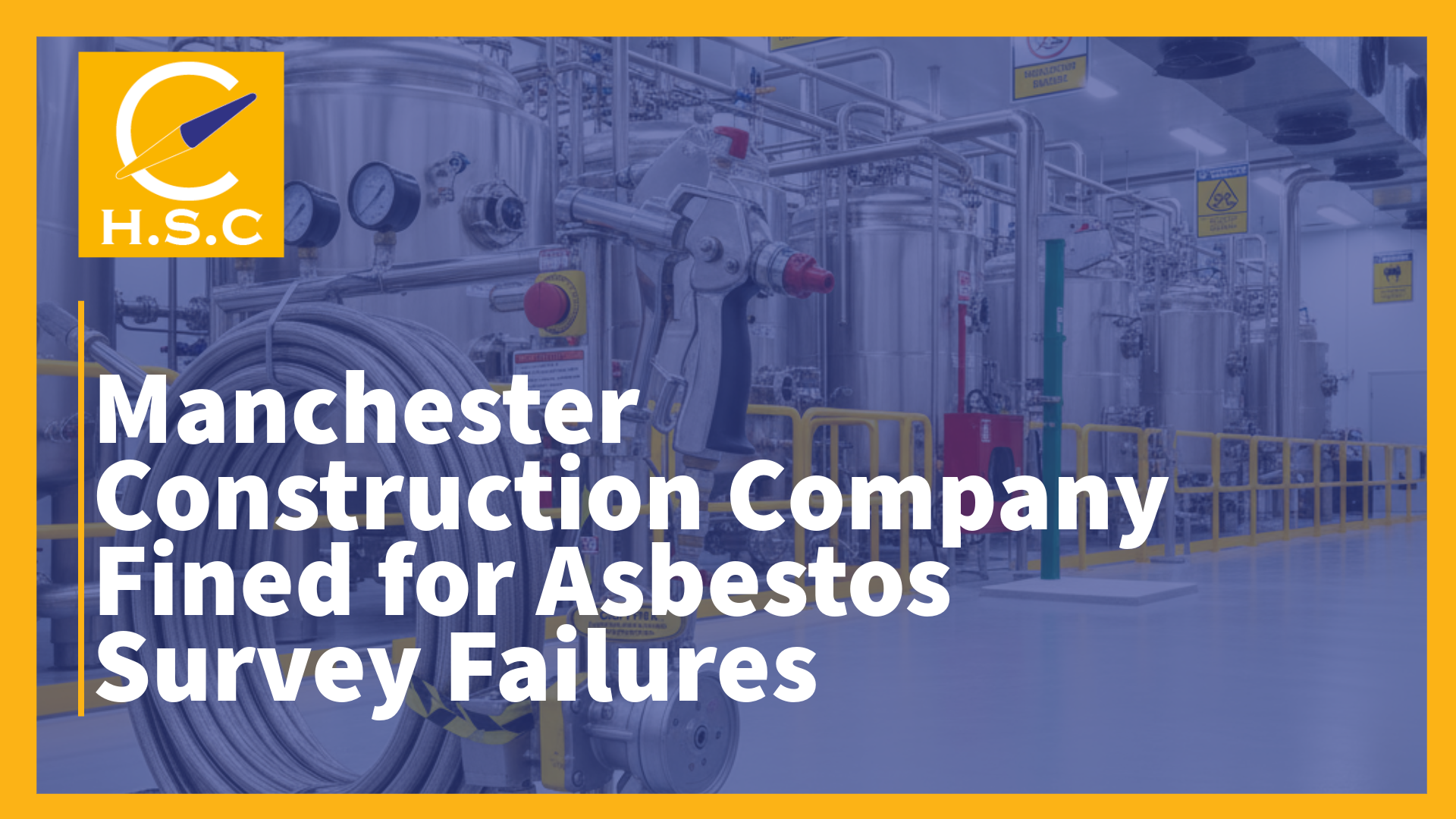
Modern steam cleaning equipment showing proper safety controls and emergency shut-off mechanisms
Chemical Company Fined £100,000 After Worker Suffers Steam Burns
A chemical company has been fined £100,000 after a 23-year-old worker suffered permanent scarring from burns caused by an unsafe steam cleaning system.
Case summary
- Court date: 18 August 2025
- Court: Hamilton Sheriff Court
- Fine: £100,000
- Breach: Section 2(1) HSWA 1974
The incident
On 23 October 2019, a 23-year-old worker at Dundas Chemical Company (Mosspark) Limited suffered serious burns while cleaning a process water tank at the company's Omoa Works site in Newarthill, Motherwell. The worker, who had been employed at the rendering plant for around two years, was permanently scarred across his back and other areas of his body.
During a night shift, the worker was instructed to clean the process water tank, vickery, and surrounding areas using pressure washers and a steam hose for difficult areas with tallow and animal residues. The steam hose was heavy and cumbersome, with an uninsulated nozzle that became hot during use.
While working alone using a cherry picker, the worker attached the steam hose to the basket. After raising to the required height, the steam hose and nozzle spun round, directing steam flow directly at him in the confined basket space. He quickly turned his back to protect his face but sustained severe burns before managing to lower the basket and reach the emergency deluge shower.
The company pleaded guilty to breaching section 2(1) of the Health and Safety at Work etc Act 1974 and was fined £100,000 at Hamilton Sheriff Court on 18 August 2025.
HSE investigation findings
The Health and Safety Executive investigation revealed multiple serious failures in the company's steam cleaning systems and procedures.
- Unsafe equipment design. The steam hose nozzle lacked a trigger or mechanism to allow operators to start or stop steam flow at the point of operation.
- Poor maintenance. The mixing valve and setup for supplying hot water was not maintained in efficient working order or good repair.
- Known defects ignored. Supervisors were aware the mixing valve was passing steam but took no action to investigate or prevent the problem.
- Lack of engineering competence. The maintenance and engineering team had no sound understanding of risks involved in setting up washdown systems or how to control those risks.
Legal requirements for equipment safety
Under the Health and Safety at Work etc Act 1974, employers have fundamental duties to ensure the safety of their employees. This includes providing safe equipment and maintaining it in good working order.
Equipment duties
- Provide safe equipment and systems of work
- Maintain equipment in safe condition
- Ensure proper training on equipment use
- Conduct regular inspections and maintenance
PUWER requirements
- Equipment suitable for intended use
- Proper maintenance and inspection
- Adequate safety controls and guards
- Clear operating instructions and training
Where the safety system failed
This case demonstrates how multiple safety failures can combine to create serious injury risks. The company's approach to equipment design, maintenance and risk management fell short of legal requirements at every level.
The fundamental issue was treating equipment safety as a technical problem rather than a systematic risk management challenge requiring competent engineering input and proper maintenance procedures.
Practical steps for chemical processing
- Equipment design. Ensure all cleaning equipment has proper operator controls, including emergency stop mechanisms at the point of use.
- Maintenance systems. Implement planned maintenance with competent engineers who understand process risks and control requirements.
- Risk assessment. Conduct thorough assessments of cleaning procedures, especially when using hot water, steam or chemicals in confined spaces.
- Supervision standards. Train supervisors to identify and act on equipment defects rather than allowing continued use of faulty systems.
- Emergency procedures. Ensure emergency showers and first aid facilities are easily accessible from all work areas.
Common equipment failures
- Lack of operator controls on hazardous equipment
- Poor maintenance allowing known defects to persist
- Inadequate risk assessment of cleaning procedures
- Insufficient engineering competence in equipment design
- Failure to provide adequate emergency facilities
Steam and hot water systems require particular attention due to the severity of potential burn injuries and the speed at which incidents can occur.
Need help with equipment safety assessments
Compass HSC provides equipment risk assessments, maintenance planning and safety training to protect your workers and ensure compliance.
Lessons for manufacturing businesses
This case highlights the importance of systematic approaches to equipment safety in chemical processing and manufacturing environments. The consequences of poor equipment design and maintenance can be severe and permanent.
Design phase
Include safety controls and operator interfaces from initial equipment specification stage.
Installation phase
Ensure competent engineering oversight and proper commissioning procedures.
Operational phase
Implement planned maintenance and immediate response to identified defects.
Protecting workers from equipment hazards
This case demonstrates the serious consequences of inadequate equipment safety management. When cleaning systems, maintenance procedures and risk assessment all fail simultaneously, workers face unnecessary and preventable risks. For chemical processing businesses, systematic attention to equipment design, maintenance and operator training is essential to prevent similar incidents.
Or call (01253) 735755
About Brian Lambert

Brian Lambert (CMIOSH-IMaPS), the founder of Compass Health & Safety Consultancy (HSC), is a Chartered Member of IOSH and an accomplished IMaPS professional. With decades of industry experience, Brian is dedicated to guiding businesses of all sizes through the complexities of health and safety management.
His approach is built on integrity, innovation, and an unwavering commitment to raising the standard in health and safety. As a trusted advisor, Brian's insights help organisations enhance compliance, reduce risk, and boost operational efficiency.
